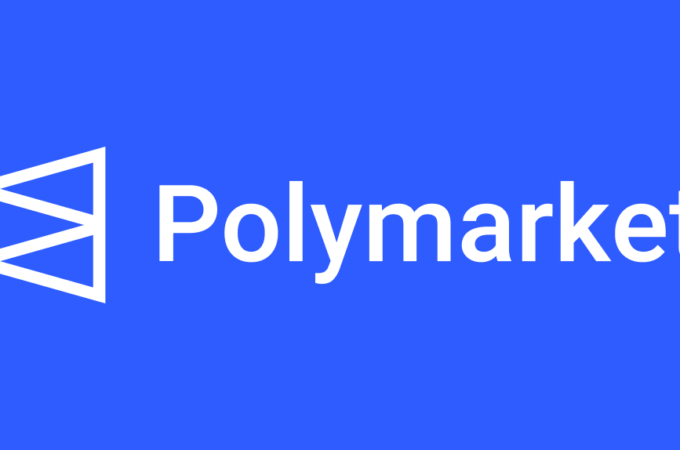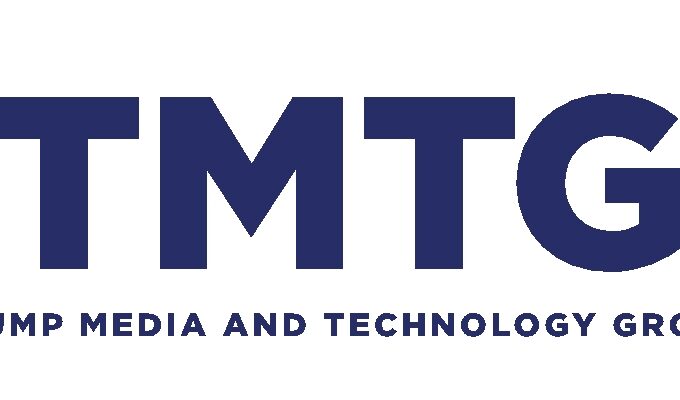Why IoT Will Give Rise To Artificial Intelligence
By Daniel Newman for Forbes
The Internet of Things (IoT) has received massive coverage and widespread adoption. What few people have stopped to consider thus far is where these connections will take us. As chatbots become more popular, we’re bearing witness to a move toward further machine learning. As the natural progression from smart objects to learning objects occurs, this new wave will encompass the globe.
Witness The IoT Ripple Effect
At the heart of IoT is a desire to connect items we already own into one cohesive network. These objects are useful for an increasing number of purposes. The variety and value of the data these devices collect is constantly growing. Though this is a solid first step, it certainly isn’t the last down this pathway. While IoT adds value to the products we already own and the services we already use, the data extracted from IoT is meant to tell marketers what we’ll want to own and what services we’ll use in the future.
Data analysis is the second phase. Analytic systems collect, analyze, organize, and feed data to the most relevant users. Though this is useful, it presents several issues. The first is the sheer amount of data collected. Processing this vast amount of data effectively to produce accurate, overarching reports is difficult. This causes a further push toward automation and cloud computing. The second issue is that IoT can’t learn from the information it generates.
Businesses expect employees not only to be smart and capable, but flexible and adaptable. This expectation is no different in the way we use technology. Our devices—and our data—are becoming more flexible in their potential uses and how they’re relevant to our everyday lives.
Watch The Rise Of The Chatbot Tide
Chatbots have received some attention recently, as several large companies have announced progress in their development. The ultimate goal is for these to replace all other platforms across devices—covering laptops, tablets, smartphones, and everything else in IoT. Rather than opening a browser, searching for “Italian food” by area, and then clicking through websites, one would simply verbally request the nearest location with the highest ratings. The chatbot would do all of the work and produce an answer. This kind of interaction and immediate response places much more power in the hands of the consumerthan ever before.
Though some may read this and assume Siri has it covered, she’s a long way from the true potential of this arena. An individual’s work, personal projects, social contacts, and family calendars could all be connected and accessible through a chatbot. This could revolutionize the way people function in relation to their devices.
In my opinion, these systems will pave the way for true learning platforms. IoT will become the internet of learning objects. With this in mind, many design initiatives are transitioning from functionality to adaptability.
Anticipate The AI Wave
The billions of data points IoT produces must be organized. By paring them down to what’s important and analyzing this data, the public and private sectors benefit. This addresses everything from running a business, to military logistics, to ordering groceries. Patterns, problems, and correlations will be easier to address. Intelligent automation will make huge strides—leading to a revolution in predictive analytics—and proactive intervention will be truly possible. Enter Artificial Intelligence, or AI.
Machine learning may start with chatbots, but AI is the true potential of IoT. The processing of this data (and likely the interpretation and learning of it) will happen in the edge-computing realm. This will be fast and uninhibited. I firmly believe more companies will allocate money to AI development in the coming months and years. Once relegated to the realm of Asimov and science fiction, these innovations will be borne of IoT and cover the globe.
First appeared at Forbes





